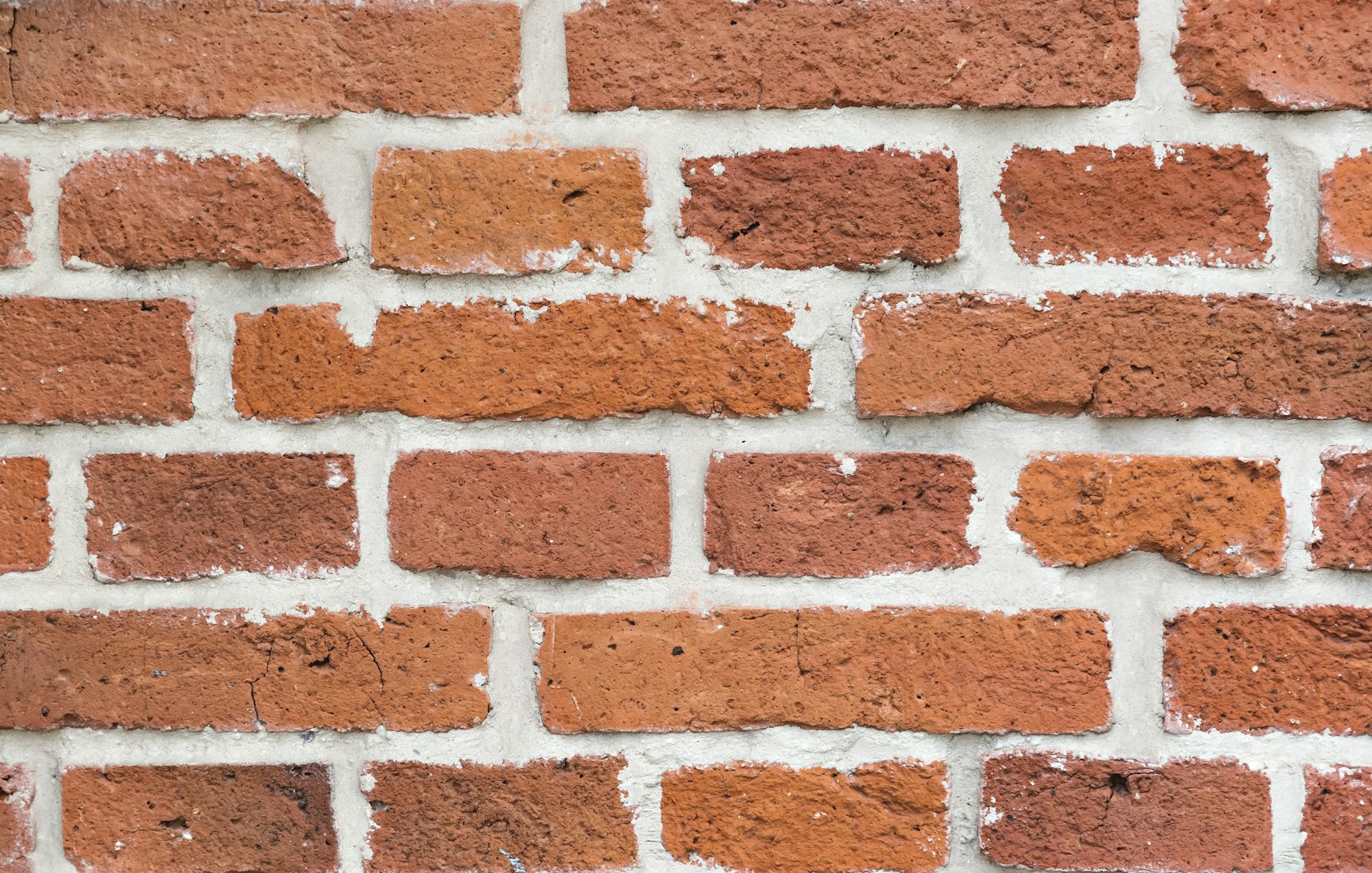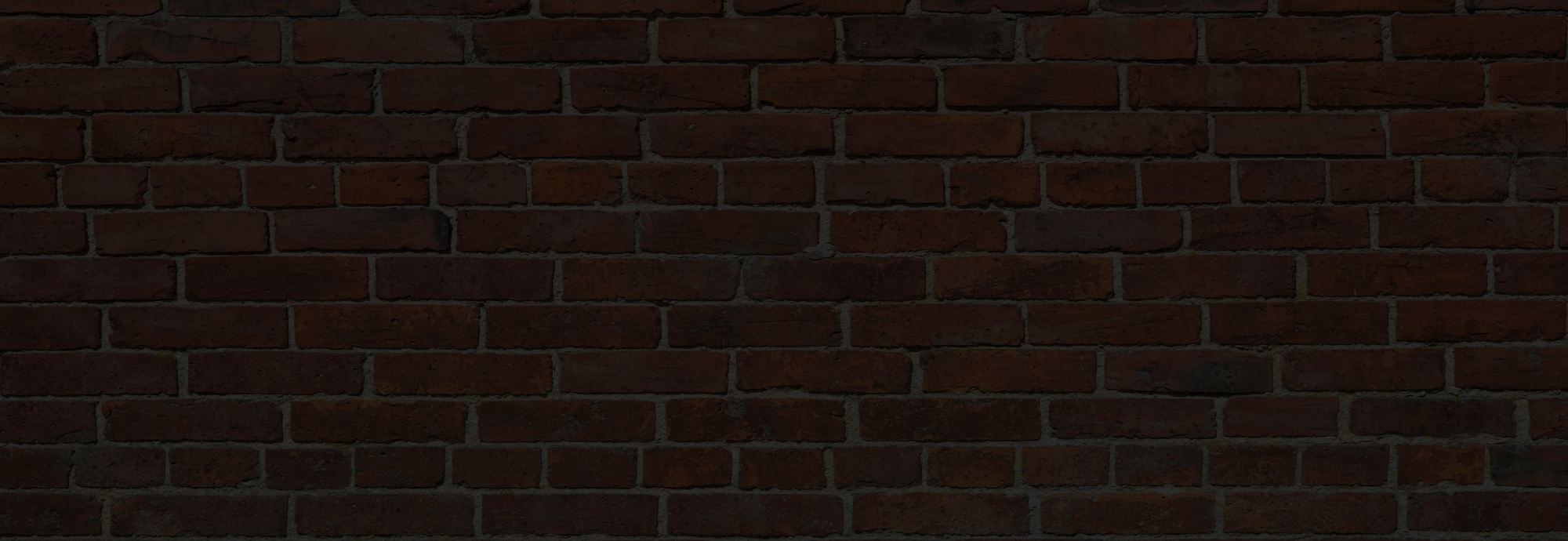
26 Jun What is Tuckpointing?
Tuckpointing, also known as tuck pointing, is a crucial masonry repair technique aimed at enhancing the structural integrity and aesthetic appeal of brick buildings. This process involves removing old, deteriorated mortar from the mortar joints of a brick structure and replacing it with fresh mortar. By addressing mortar deterioration, tuckpointing helps prevent further damage and extends the lifespan of brick masonry.
The Tuckpointing Process
The tuckpointing process begins with the careful removal of deteriorated mortar joints. This step is essential to ensure that new mortar can properly adhere to the brickwork. After removing the old mortar, masons clean the joints thoroughly to remove any debris. The next step involves applying new mortar, which is often color-matched to the original mortar to maintain the brick building’s aesthetic appeal. Finally, the new mortar is tooled to create smooth, durable joints that improve the brick wall’s structural integrity.
Importance of Tuckpointing
Tuckpointing is vital for maintaining the health of masonry structures. Over time, mortar joints can deteriorate due to weather exposure and natural aging, leading to crumbling mortar and potential structural issues. By repointing these joints with new mortar, tuckpointing reinforces the brickwork, preventing further damage and the need for more extensive concrete repair. This maintenance practice is especially important for historical buildings, where preserving the original mortar mix is crucial for maintaining the structure’s integrity and appearance.
Applications of Tuckpointing
Tuckpointing is commonly used in various repair projects conducted by a masonry contractor, including chimney tuckpointing, foundation repair, and brick repair. It’s also essential for maintaining the mortar joints in masonry walls, brick masonry, and other brick structures. The technique is effective in addressing deteriorated mortar joints, damaged mortar joints, and deteriorating mortar joints, ensuring the longevity of the masonry service. Additionally, tuckpointing can be part of waterproof caulking efforts, protecting brick buildings from moisture infiltration.
Tuckpointing Costs and Benefits
The cost of tuckpointing varies depending on factors such as the square footage of the area needing repair and the extent of mortar deterioration. While tuckpointing costs can be significant, the investment is justified by the enhanced durability and aesthetic appeal of the repaired masonry structure. Regular tuckpointing helps avoid more costly repairs in the future by maintaining the integrity of the brickwork. For those considering this service, understanding the tuckpointing process and its benefits is crucial for making informed decisions about masonry repair and maintenance.
By addressing these key points, tuckpointing proves to be an essential masonry repair technique that preserves and enhances brick structures’ structural integrity and visual appeal. Whether for a chimney cap, foundation, or general brick repair, tuckpointing services ensure that masonry walls remain strong and beautiful for years to come.




No Comments